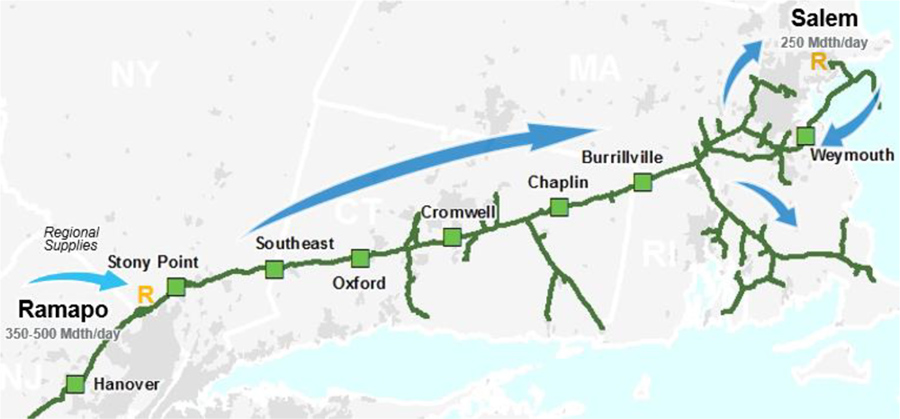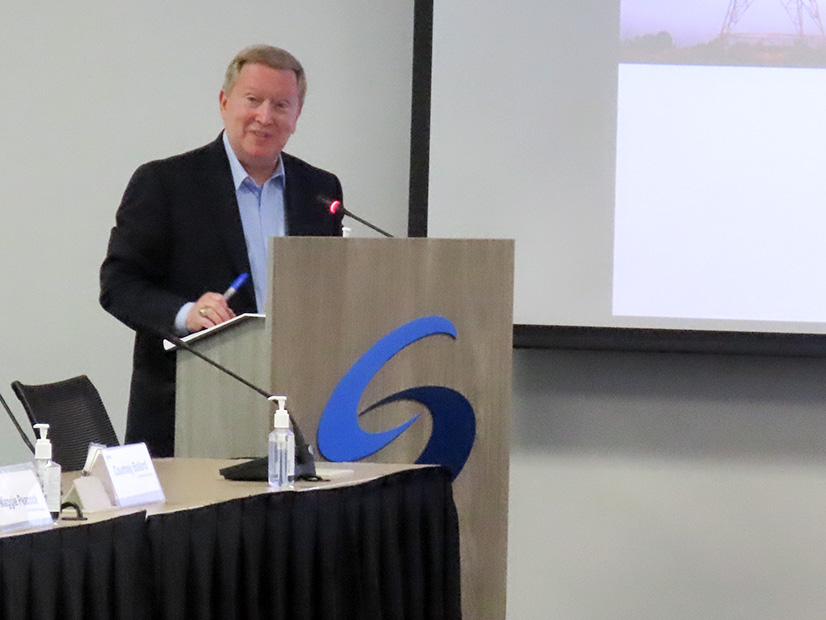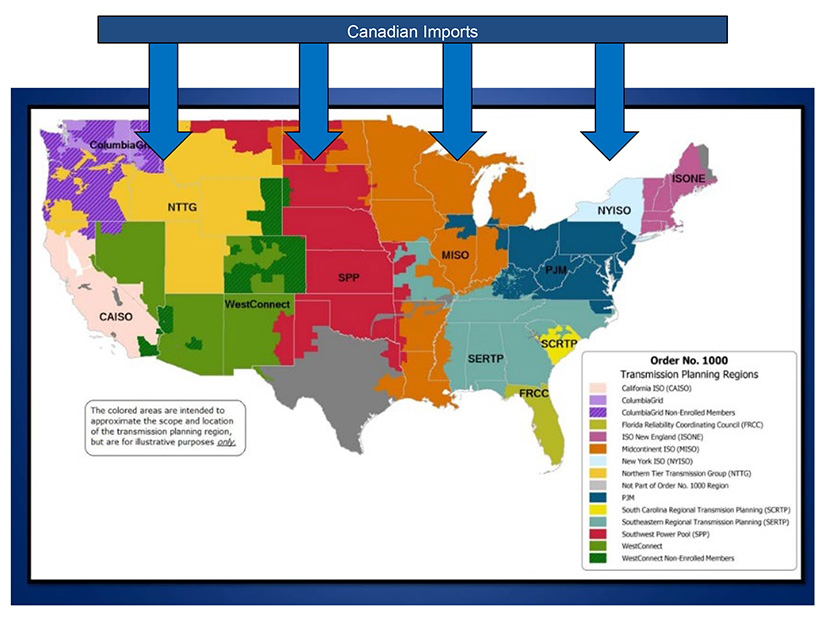MISO last week said it continues research to gauge the quantity of generating attributes it might prescribe for its fleet.
MISO has defined six system reliability attributes as necessary, including availability, rapid start times, the ability to deliver long-duration energy at a high output and providing voltage stability, ramp-up capability and fuel supply certainty. (See MISO Considers Resource Attributes as Thermal Output Falls.) The RTO is studying what role it can play in maintaining those increasingly scarce reliability attributes from generation in the long term.
The RTO will share what changes it thinks might be necessary in an action plan it plans to publish at the end of the year.
“A growing body of experiences in MISO and across the industry has led MISO to focus on ensuring reliability system attributes are understood and maintained,” Director of Policy Studies Jordan Bakke said during a Sept. 21 stakeholder workshop.
Bakke said MISO can learn and borrow solutions from smaller countries and how they’ve approached ensuring attributes. He said EirGrid in Ireland has similar challenges with its transitioning resource mix.
MISO’s Patrick Dalton said the strength of MISO’s system can be thought of as a trampoline that’s slowly losing spring because intermittent resources aren’t replacing the characteristics of baseload generation.
Bakke said less predictable weather paired with less predictable generation means MISO must focus on supplying energy for the worst week in every season instead of just the worst peak load in the summer.
Michael Milligan, a consultant to GridLab, asked how MISO will calculate the quantity of attributes necessary while tracking the rate that MISO is losing them.
“That is our intent, and that’s inherently difficult to do as we’ve learned over the last several months,” Bakke said. However, he said landing on specific amounts of attributes is “core” to what MISO is trying to accomplish.
Minnesota Public Utilities Commission staff member Hwikwon Ham said states need in-depth information as early as possible on how MISO plans to measure needed attributes so commissions can integrate them in state-level resource planning.
WEC Energy Group’s Chris Plante pointed out that MISO already has incorporated and is planning major resource adequacy changes, including capacity accreditation, a seasonal capacity auction design and sloped demand curve in the auction. He said those changes are driving a “fundamental change” in how resource planners approach generation planning. He said planners have reverted to an older style of resource planning, where they ensure they own energy adequacy and rely less on the MISO markets.
“I think it’s important that we keep that in mind that the shift is already occurring,” he said.
Plante also said new planning might mean MISO’s middle-of-the-road transmission planning future, which it’s using to analyze attributes, might be outdated in light of the new, more independent style of resource planning.
IMM Skeptical
MISO Independent Market Monitor David Patton repeated his reservations with MISO’s accreditation work at a Gulf Coast Power Association virtual forum Sept. 15.
“I don’t oppose the work in general, but I do oppose the notion of singling out specific attributes and identifying a megawatt quantity that’s needed because it points to the wrong solution, which is we should create products related to these attributes,” Patton said.
Instead, MISO should put more emphasis on applying marginal capacity accreditation with sound modeling behind it, Patton said. He said MISO will naturally entice units with reliability attributes if it portions out capacity credit based on how nimble and stable generators are.
“Units with good attributes will get high accreditation, and units with attributes that don’t help you much from a reliability standpoint will get low accreditation levels,” Patton said.
MISO has planned another attributes discussion during a dedicated Oct. 31 workshop, then again at the Nov. 8 Resource Adequacy Subcommittee.


